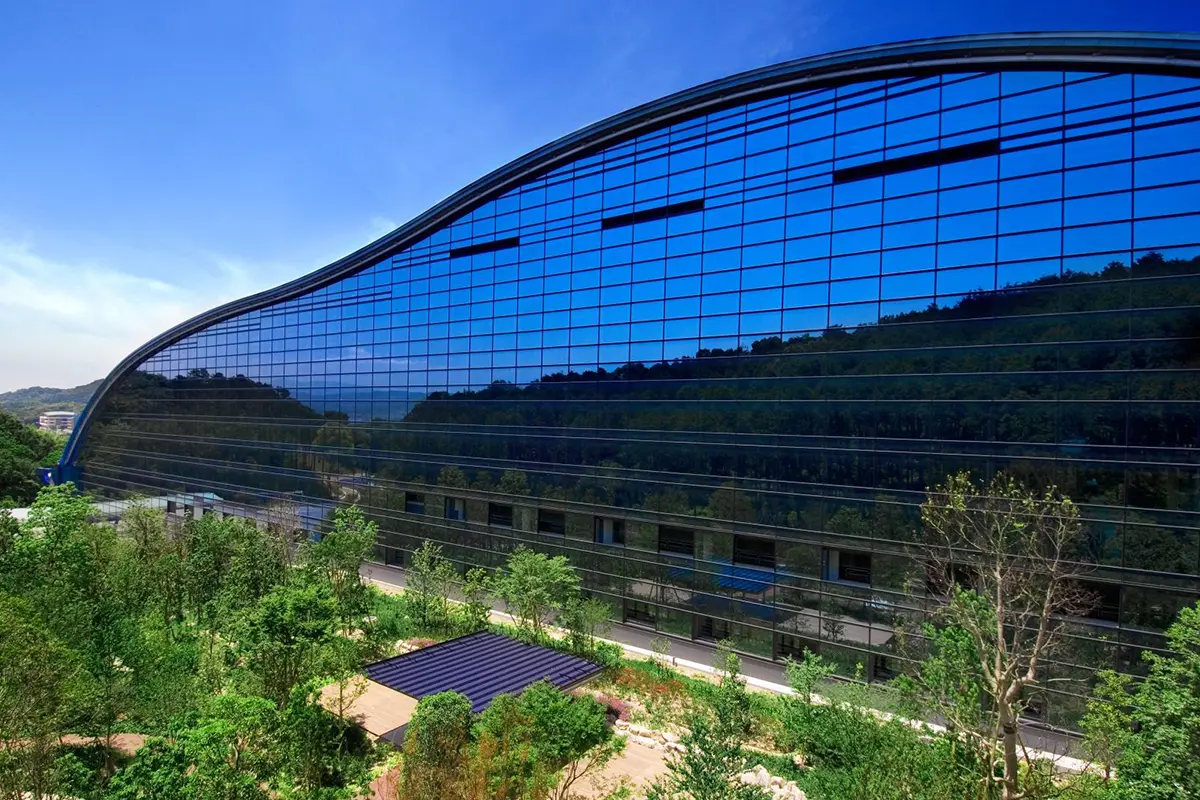History, Art, Innovation: A Cultural Voyage at Kyushu National Museum
Fukuoka prefecture where I was born has been a popular destination lately. The unique culture, strong influence from Korea and China, exceptional cuisine, and warm weather are attracting tourists within Japan and from abroad. Please check out our article, Two Perfect Days in Fukuoka to find more things to do there. I recommend you check out the Dazaifu Tenmangu which is just within 12-minute walk from the museum.
The Kyushu National Museum near Dazaifu, Fukuoka blends Japan’s rich history with the broader Asian context. Since its grand opening on October 16, 2005, it has joined the esteemed ranks of Japan’s national museums in Tokyo, Kyoto, and Nara, marking a significant milestone as the first new national museum in the country in over a century.
The Kyushu National Museum’s establishment in Dazaifu is historically poignant, given the city’s role during the Nara and Heian Periods (710-1185) as a crucial administrative center for diplomatic relations with mainland Asia. This historical backdrop informs the museum’s unique mission: to explore Japanese culture through an Asian lens, offering a comprehensive narrative of the cultural exchanges that shaped the region.
Architecturally, the Kyushu National Museum is a marvel. Designed by the renowned Kiyonori Kikutake, its striking blue facade and gently sloping roof integrate seamlessly into the surrounding landscape, challenging conventional museum designs with its stadium-like appearance. The interior is equally impressive, with spacious halls welcoming visitors into a world where history and modernity converge.
The Kyushu National Museum’s core exhibition is ingeniously laid out on the fourth floor, organized into five chronological sections spanning from the Prehistoric Era to the Edo Period. These sections are meticulously divided into themed rooms, each telling part of the rich tapestry of Japan’s history, with a special emphasis on Kyushu’s interactions with China and Korea.
Innovation is at the heart of the Kyushu National Museum’s approach to cultural preservation and presentation. It harnesses cutting-edge technology, including an extremely high-resolution video system equipped with the latest image processing and color management software. This technology not only aids in the meticulous documentation of the museum’s vast collection but also enhances accessibility, allowing visitors to experience the artifacts in unprecedented detail.
The Kyushu National Museum’s commitment to education and engagement is evident in its interactive Ajippa room on the first floor, where visitors, especially children, can immerse themselves in Asian cultures through hands-on exhibits. The museum’s approach to conservation is equally noteworthy, with extensive on-site labs and staff dedicated to preserving western Japan’s cultural heritage.
Accessibility is a key consideration, with Kyushu National Museum conveniently located just a short walk from the Dazaifu Tenmangu Shrine, linked by a path designed to connect these two cultural landmarks. Multiple transport options ensure that the museum is within easy reach for all visitors, whether they are coming from Dazaifu Station or nearby cities.
The museum’s special exhibitions and a rotating display of artifacts on the third floor ensure that each visit to the Kyushu National Museum offers new insights and discoveries. From its breathtaking architecture to its innovative displays and commitment to conservation, the museum is a testament to the dynamic interplay of history, culture, and technology.
As a cultural gem set in the lush hills above Dazaifu, the Kyushu National Museum not only showcases thousands of historical artifacts and national treasures but also embodies the spirit of cultural exchange that has enriched Japan for millennia. It invites visitors to embark on a journey through time, exploring the depths of Japanese culture within the broader tapestry of Asian history, making every visit a unique and enlightening experience.
